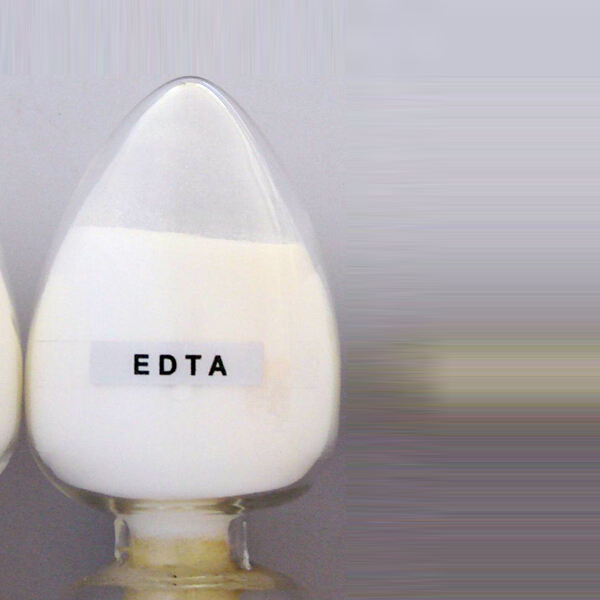
News
Dec . 05, 2024 08:07 Back to list
citrate iron chelation
Citrate and Iron Chelation A Biochemical Perspective
Iron is an essential element for various biological processes, including hemoglobin synthesis, enzyme function, and DNA synthesis. However, its availability can be a double-edged sword. While essential, excess free iron in biological systems can lead to oxidative stress and other pathological conditions due to the generation of reactive oxygen species. To mitigate these negative effects, iron chelation is a critical biological process, and citrate has emerged as a significant player in iron homeostasis.
Understanding Iron Chelation
Iron chelation refers to the process by which chelating agents bind iron ions, thereby reducing their reactivity and facilitating their transport and excretion. Chelators can be natural or synthetic compounds that form stable complexes with metal ions. In biological systems, chelation is crucial for the regulation of iron levels, preventing toxicity while ensuring sufficient availability for vital functions.
The Role of Citrate
Citrate, a tricarboxylic acid derived from citric acid metabolism, is a natural chelator of iron. It is produced in the mitochondria as a byproduct of the citric acid cycle (Krebs cycle) and plays a pivotal role in energy production. Due to its multiple carboxyl groups, citrate can effectively coordinate with iron ions to form stable citric acid-iron complexes. This property allows citrate to play a dual role in metabolism as a central metabolite and as a potent iron chelator.
Mechanisms of Iron Chelation by Citrate
The mechanism of iron chelation by citrate involves several steps. Firstly, when citrate is present in physiological solutions, it can bind to Fe(III) ions, forming soluble citrate-iron complexes. This binding decreases the free iron concentration available for participation in harmful redox reactions. Furthermore, the citrate-iron complex can facilitate the transport of iron across cellular membranes or into specific metabolic pathways, allowing iron to be utilized without inducing oxidative stress.
citrate iron chelation

Citrate’s ability to chelate iron is particularly important in the gastrointestinal tract. Citrate can enhance the solubility and absorption of iron from the diet, which is especially beneficial for individuals whose dietary intake may be low. By maintaining iron in a soluble and chelated form, citrate reduces potential gastrointestinal side effects associated with unbound iron, such as irritation or damage to the intestinal lining.
Clinical Implications of Citrate-Induced Iron Chelation
The biological importance of citrate extends into clinical realms, where it is increasingly recognized for its potential therapeutic applications. In conditions like hemochromatosis, thalassemia, and sickle cell disease, excessive iron accumulation occurs, which can lead to severe organ damage. Citric acid and its derivatives have been studied as potential treatments to manage iron overload by chelating excess iron in the body.
Moreover, citrate-based treatments can be advantageous compared to traditional synthetic iron chelators. They are often better tolerated and have fewer side effects. The use of citrate in pharmaceuticals has opened new avenues for developing oral iron chelation therapies that harness its natural chelating properties.
Limitations and Considerations
While citrate shows promise as an iron chelator, there are limitations to its use. The stability of the citrate-iron complex under physiological conditions can vary, and the efficiency of iron chelation may depend on various factors, including pH and the presence of other ions. Additionally, excessive citrate could lead to an imbalance in other metal ions, as the chelation might affect the bioavailability of essential minerals.
Conclusion
Citrate, through its iron chelation properties, plays a critical role in maintaining iron homeostasis and mitigating the risks associated with free iron in biological systems. As research continues to explore the therapeutic potential of citrate in iron management, understanding its mechanisms and benefits might pave the way for innovative treatments in iron overload disorders. Given the delicate balance of iron metabolism, integrating citrate into clinical practice could enhance patient outcomes while promoting safer approaches to managing iron levels. Thus, citrate stands out not only as a metabolic byproduct but also as a vital component in the intricate dance of life’s biochemical processes.
-
Polyaspartic Acid Salts in Agricultural Fertilizers: A Sustainable Solution
NewsJul.21,2025
-
OEM Chelating Agent Preservative Supplier & Manufacturer High-Quality Customized Solutions
NewsJul.08,2025
-
OEM Potassium Chelating Agent Manufacturer - Custom Potassium Oxalate & Citrate Solutions
NewsJul.08,2025
-
OEM Pentasodium DTPA Chelating Agent Supplier & Manufacturer High Purity & Cost-Effective Solutions
NewsJul.08,2025
-
High-Efficiency Chelated Trace Elements Fertilizer Bulk Supplier & Manufacturer Quotes
NewsJul.07,2025
-
High Quality K Formation for a Chelating Agent – Reliable Manufacturer & Supplier
NewsJul.07,2025
